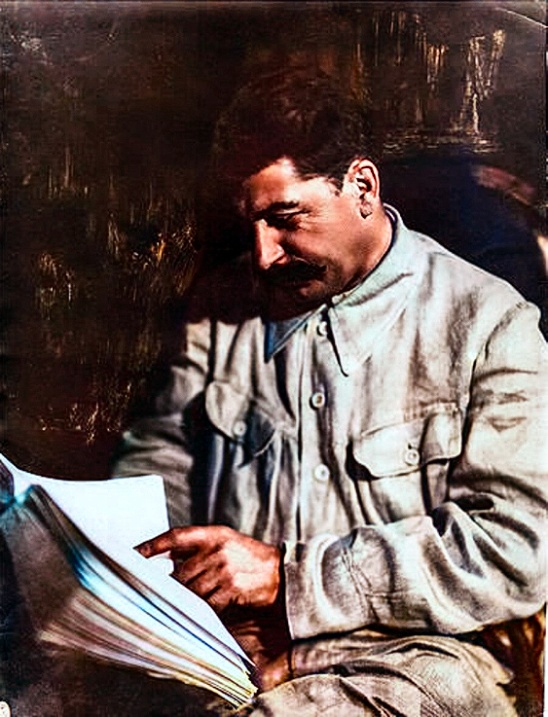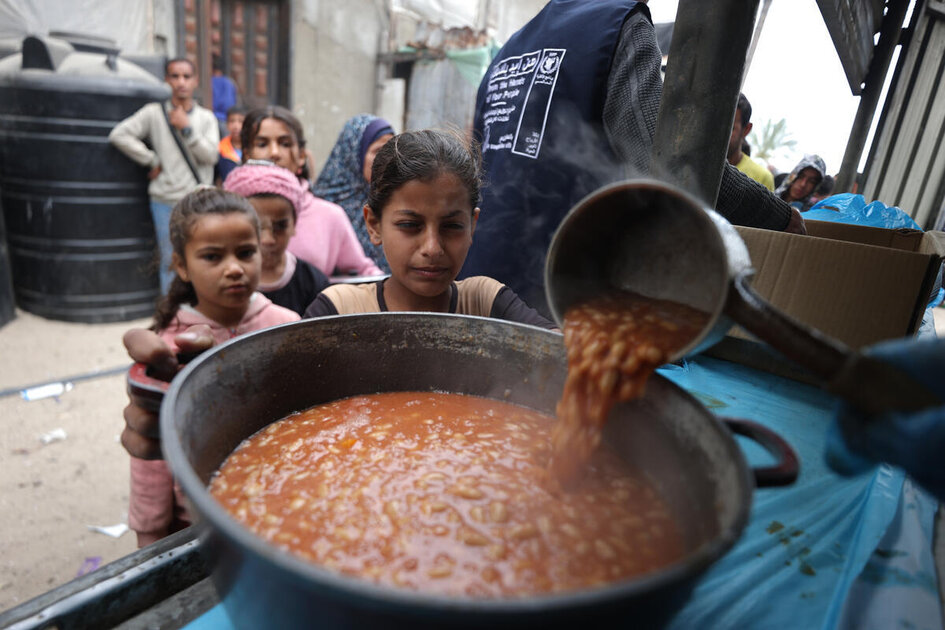

The United Nations is facing a severe liquidity crisis, affecting many of its agencies.
“Cutting funding for those in greatest need is not something to boast about…the impact of aid cuts is that millions die,” warned Emergency Relief Coordinator Tom Fletcher.
“Speaking from an overcrowded hospital in Kandahar in southern Afghanistan where three or four patients have to share a bed, Mr. Fletcher warned that the financial crisis has already forced UN aid teams to close 400 primary health centres across the country so far.”
His warning echoes dire announcements of drastic cost-cutting measures in response to chronic – and now acute – funding shortfalls, including an end to selected aid programmes by numerous UN relief agencies These include the World Food Programme (WFP), the World Health Organization (WHO), the UN Children’s Fund (UNICEF), the UN aid coordination office (OCHA), the UN refugee agency (UNHCR) and UNAIDS.
quotes
The Office for the Coordination of Humanitarian Affairs (OCHA) says that only 5 percent of the nearly $45 billion needed for funding in the humanitarian community this year has been received as of the 6th of March, leaving a gap of more than $42 billion. Reuters reports that OCHA itself is to “cut 20% of its staff as it faces a shortfall of $58 million”, “U.N. aid chief Tom Fletcher told staff” [no publicly available statements found on UN websites with these numbers.]
With the US leaving the World Health Organization, refusing to pay it’s contributions for 2024 and 2025, combined with reductions in funding by some other countries, WHO is expected to face a salary gap for the 2026-27 biennium between US$ 560 and US$ 650 million. Representing at least 25% of staff costs in the current biennium. While other member states have agreed to increase their contributions, increasing the 2026-27 biennium funding by US$ 320, it is too little, and has left the WHO with no choice but to restructure and reduce the scale of their work and workforce. Cutting the senior leadership team from twelve to seven, and departments by over half, from 76 to 34.2
The UN Children’s Fund (UNICEF) has projected “its 2026 budget to shrink by at least 20% compared to 2024”, as reported by Reuters [no publicly available statements found on UN websites with these numbers.]. This years budget is also affected, meaning that “At least 14 million children are expected to face disruptions to nutrition support and services”.
- More than 2.4 million children suffering from severe acute malnutrition could go without Ready-to-use-Therapeutic-Food (RUTF) for the remainder of 2025.
- Up to 2,300 life-saving stabilisation centres – providing critical care for children suffering from severe wasting with medical complications – are at risk of closing or severely scaling back services.
- Almost 28,000 UNICEF-supported outpatient therapeutic centres for the treatment of malnutrition are at risk, and in some cases have already stopped operating."
"Even before the funding cuts, the number of pregnant and breastfeeding women and adolescent girls suffering from acute malnutrition soared from 5.5 million to 6.9 million – or 25 per cent – since 2020. UNICEF expects these figures to rise without urgent action from donors as well as adequate investments from national governments"3
Speaking at the UN on the 21 March, Deputy Executive Director Kitty Palais said:
“Earlier this week, I saw the consequences of the funding crisis firsthand when I visited the Afar region in the north of Ethiopia and Maiduguri in northeast Nigeria. Due to funding gaps in both countries, nearly 1.3 million children under five suffering from severe acute malnutrition could lose access to treatment over the course of the year”
“In Afar, a region that is prone to recurrent drought and floods, I visited a mobile health and nutrition team providing life-saving services to pastoralist communities in remote areas without health clinics. These teams are critical to supporting children with vital assistance, including treatment of severe wasting, vaccinations and essential medicines.
“But, without these critical interventions, children’s lives are in peril. Only 7 of the 30 mobile health and nutrition units that UNICEF supports in Afar are currently operational – and this is a direct result of the global funding crisis.
The World Food Program is expected to cut its staff by up to 30%, as reported by AP [no publicly available statements found on UN websites with these numbers.]. The agency said on March 28th that it was “facing an alarming 40 percent drop in funding for 2025”.
AP also reported that the High Commissioner for Refugees “would downsize its headquarters and regional offices to reduce costs by 30% and cut senior-level positions by 50%” [no publicly available statements found on UN websites with these numbers.]. With the agency saying that it’s “health budget has been cut by 87 per cent”.
A much more insignificant result of the crisis, but much closer to me, the Meetings Coverage and Press Releases has been publishing coverage of UN meetings later, and using machine translation of coverage by the French team.
[1] https://news.un.org/en/story/2025/04/1162751
[2] https://www.who.int/news-room/speeches/item/who-director-general-s-opening-remarks-at-the-member-state-briefing-on-the-programme-budget---22-april-2025
[3] https://www.unicef.org/press-releases/least-14-million-children-face-disruptions-critical-nutrition-services-2025-unicef








UN News, 2025-04-30: “UNRWA warns against closure of six schools in East Jerusalem”
spoiler